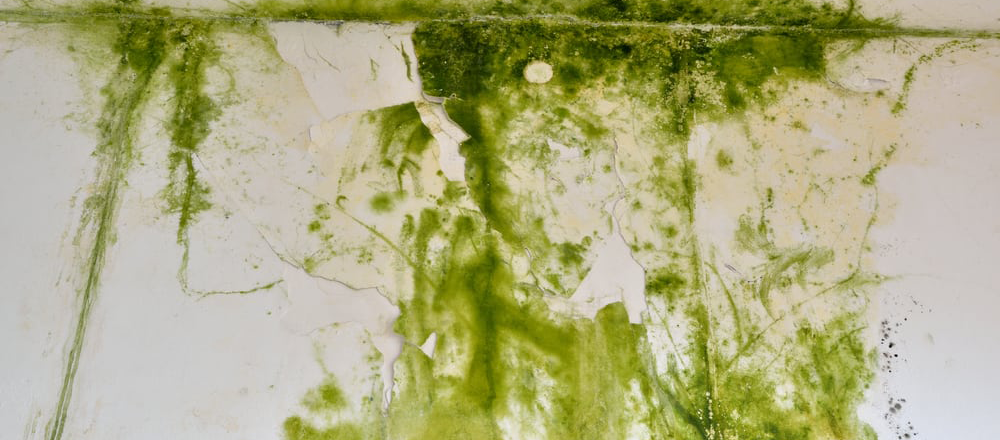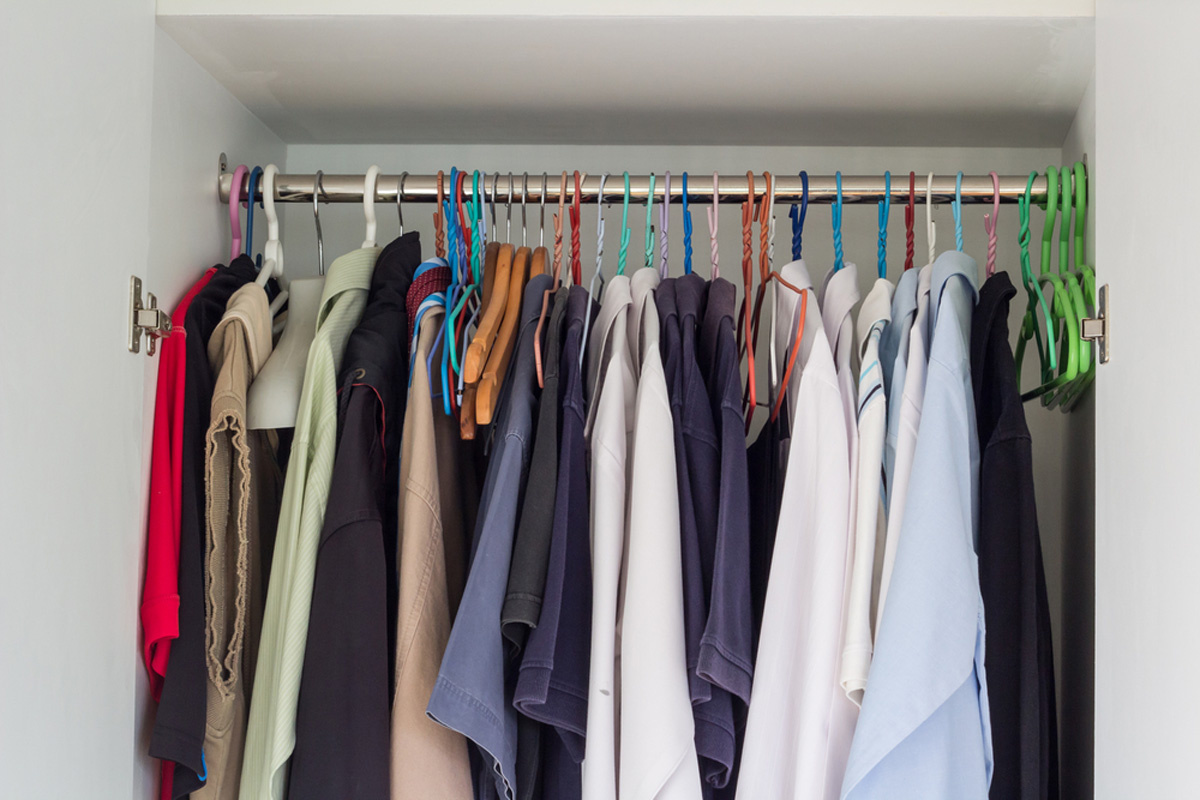Mould can grow anywhere there is moisture, warmth, and a food source like cellulose. What’s more, many areas in homes and properties can harbor mould, including closets. That’s because moisture can accumulate in closets, which helps mould grow until it becomes a health concern. Thus, preventing mould in closets is a matter of keeping the closets dry. Here are tips on how to prevent mould in closets:
How to prevent mould in closets
- Clothes must be completely dry before storing them in closets. The moisture in clothing can accelerate mould growth.
- Only clean clothing and items should be stored in closets since dirt and other organic substances are potential food sources for mould.
- Clothes or other items should not be packed too tightly in closets to allow air to circulate between them to reduce moisture.
- Storing clothes in sealed containers like plastic tubs must be avoided. These items should be kept in breathable packaging like a cotton sheet.
- Items should not be stored on the closet floor to prevent trapping moisture underneath them.
- Plastic-coated wire shelves must be used instead of solid shelves to improve air circulation.
- Closets should be left open when possible and solid closet doors should be replaced with louvered doors for better air circulation.
- Opening closets if they are in rooms with high humidity is to be avoided, particularly when producing moisture (e.g., showering or cooking).
- A low-wattage light bulb should be put in closets, at a safe distance from clothes or other flammable items. Leaving the light on for several hours produces heat which helps keep the closet and the clothing dry.
- Closets should be emptied, cleaned, and dried thoroughly on occasion. Doing so ensures they are fresh and aired out, reducing the possibility of mould growth.
- If there is a humidity problem in the home, an air conditioning unit or a dehumidifier should be used to remove excess moisture from the air.
- Clothes in a closet that smell musty should be taken out and the moisture problem must be fixed.
For professional mould removal, call the PuroClean mitigation experts!
Learning how to prevent mould in closets is just one step in avoding this fungus in homes. Homeowners are often unaware that mould grows in other areas of their property, too. Here are six sneaky areas in a home where mould may hide.
As mould can pose health risks and cause damage to wood, drywall, carpet, etc., it’s important to remove it at once. Property owners who find mould lurking in closets or other areas of their home should contact a mould removal company. That’s where we come in.
We have the advanced tools and use the right techniques to properly get rid of mould from any property. The PuroClean team stands ready to provide professional restoration services to properties affected by mould, as well as water or fire damage.
August 23, 2019

